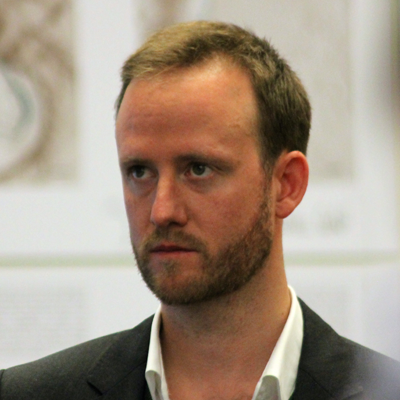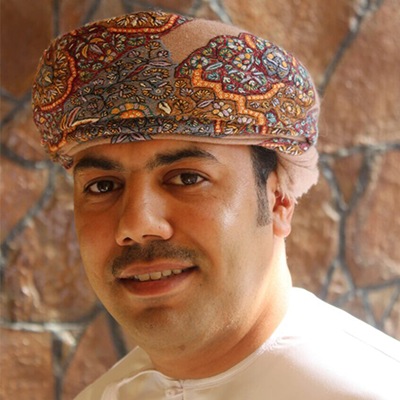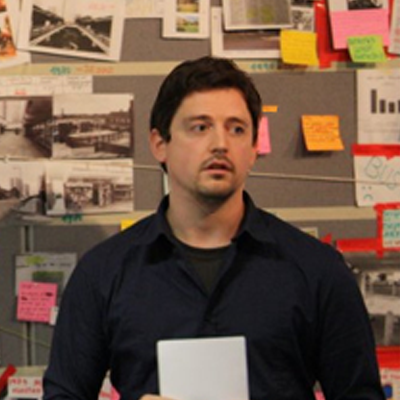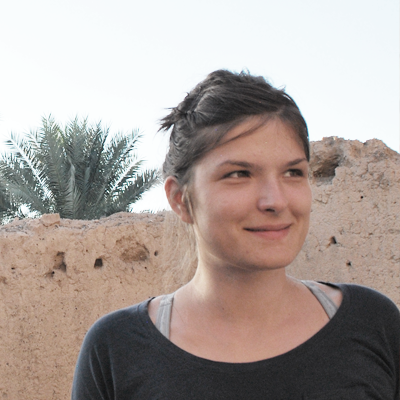Documentation and Heritage Management Plan: Harat Al Barashid and Harat as-Sawafah, Sinaw Oasis
The importance of the Sinaw oasis as an entrepôt for trade networks connecting the coastal and desert areas of Sharqiyyah to the Interior of Oman is attested by the annual migration of Bedouin fishermen and from the coast, who trade their products at the Sinaw sūq which is, even today, of importance to the local economy. Increasingly, it is also becoming a major highlight for foreign tourists travelling to and from the Sharqiyyah desert.
About the project
This Documentation and Heritage Management Plan is concerned with two settlements in the Sinaw Oasis – Hārat Āl Barāshid and Hārat as-Sawāfah – and builds upon the extensive documentation carried out on site, as well as on knowledge on the sites acquired prior to fieldwork and during project development. Alongside providing comprehensive drawn documentation resulting from the survey carried out in Autumn 2013, this report includes a preliminary strategic Master Plan which addresses issues of heritage management, conservation and development, as well as approaches for its implementation. Due to the close proximity and the long connected history of both Hārat Āl Barāshid and Hārat as-Sawāfah it was decided to address both settlements in conjunction. The Master Plan proposed, while divided into two sections to address the settlements separately, assumes both hārahs to function in tandem with one another in the future. This solution was deemed the most likely to succeed in view of economic constraints and is expected to provide the necessary developmental contingencies.
The culturally and technically informed Master Plan, aims to move away from an entirely tourism-focused development towards a holistically and inclusively sustainable alternative. Additionally, it advocates a sustainable revitalization centred on re-habitation, heritage tourism, education, training and skills development programmes with emphasis on traditional knowledge of the built environment and the crafts. Key zones are identified for protection, restoration, rebuilding, consolidation and redevelopment, and a set of detailed guidelines is provided for the implementation of related actions and measures.





















